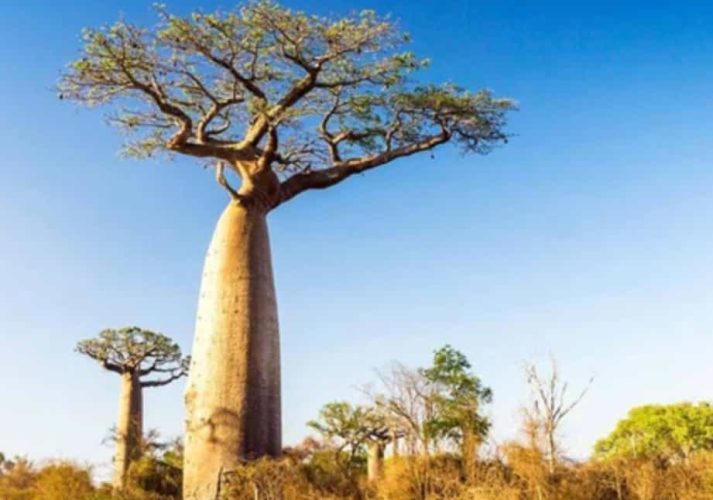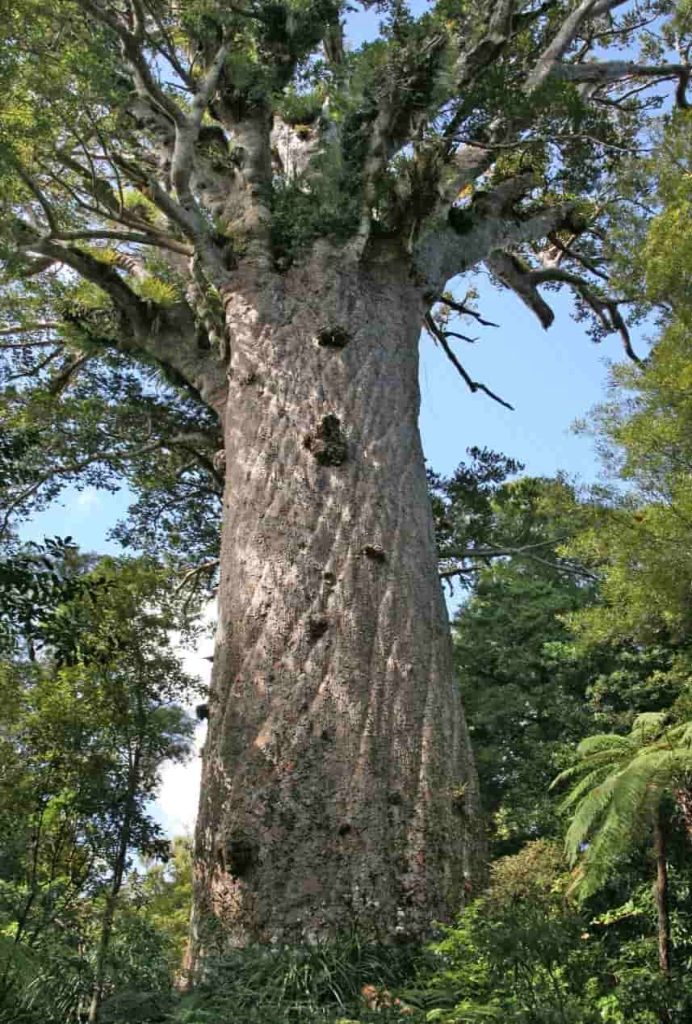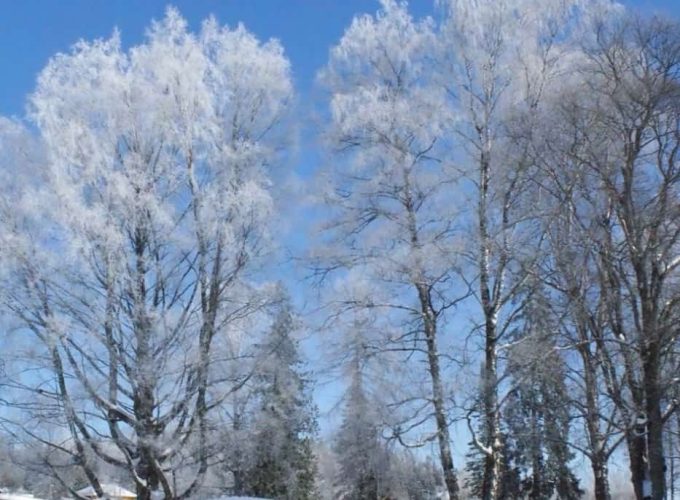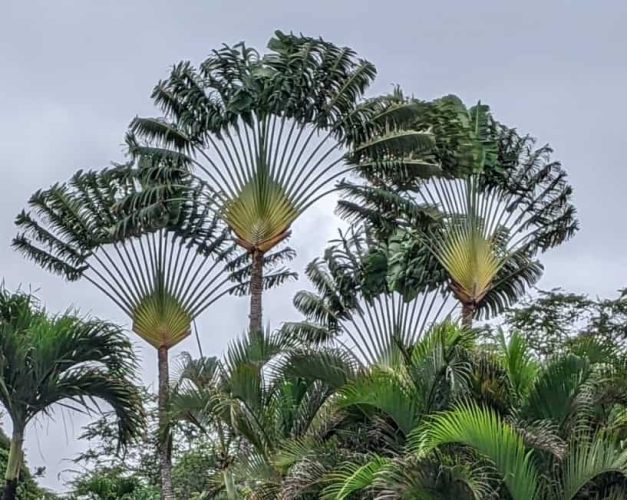1. Dragon blood tree, Socotra
Getting to the arid island of Socotra off the coast of Yemen is a bit of a schlep, but if you’re a tree aficionado it’ll be worth the effort. Socotra is home to the prehistoric-looking dragon blood trees, sometimes simply named “Socotra dragon trees”. The tree takes its name from the disturbingly blood-red resin that exudes from the bark if it is cut or damaged.
2. Baobab tree, southern Africa
The baobabs of central southern Africa are among the blobbiest trees around so much so, in fact, that they look like they’ve been flung into the Earth upside down, their branches somehow too spindly for their huge girth. Their trunks are like sponges, able to expand as they take up water in the rainy season, which attracts elephants. Baobab trees grow in 32 African countries. They can live for up to 5,000 years, reach up to 30 meters high, and up to an enormous 50 meters in circumference.
3. Kauri tree, New Zealand
Agathis australis, commonly known by its Māori name kauri is a coniferous tree in the family Araucariaceae, found in the northern regions of New Zealand’s North Island. It is the largest (by volume) but not the tallest species of tree in New Zealand, standing up to 50 m tall in the emergent layer above the forest’s main canopy. It is one of the largest and longest-living trees in the world.
4. Silver birch, Finland
In the snow, the improbably-white bark of Scandinavia and north-eastern Europe’s birch trees is truly mesmerizing. Strangely enough, the bark has evolved that way to reflect light. The white-bark silver birch is considered the national tree of Finland. Silver birch grows almost throughout Europe. As a pioneer tree species, silver birch has spread almost everywhere in Finland.
5. Ravenala, Madagascar
Ravenala is a genus of monocotyledonous flowering plants. Classically, the genus was considered to include a single species, Ravenala madagascariensis, commonly known as Traveller’s tree. As the plant grows older, it progressively loses the lowest or oldest leaves and reveals a sturdy grey trunk. The plant grows to an average height of 7 m (23 ft) and requires moderate water. Ravenala madagascariensis is widespread in Madagascar, including humid lowland forests, montane forests, grassland, and rocky areas, from sea level to 1,500 meters elevation.




